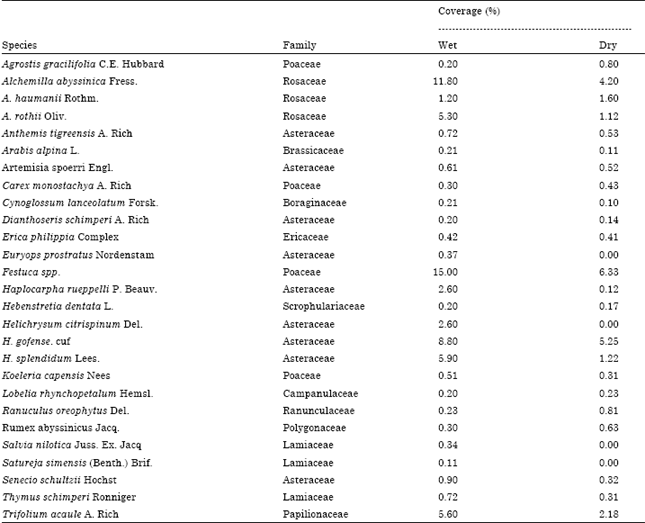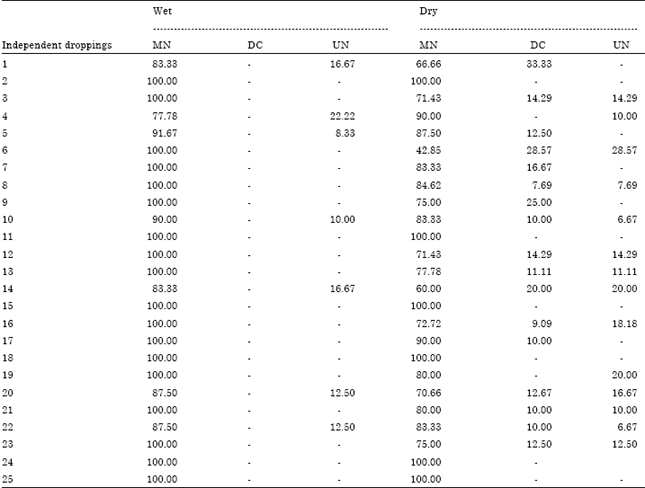Research Article
Food Selection and Habitat Association of Starck’s Hare (Lepus starcki Petter, 1963) in the Bale Mountains National Park, Ethiopia
Department of Natural Resources Management, Jimma University College of Agriculture and Veterinary Medcine, P.O. Box 307, Ethiopia
Mohammed Yaba
Madawalabu University, Bale, Ethiopia
Afework Bekele
Department of Biology, Addis Ababa University, P.O. Box 1176, Addis Ababa, Ethiopia
J. Malcolm
Department of Biology, University of Redlands, Redlands CA 92373, USA












